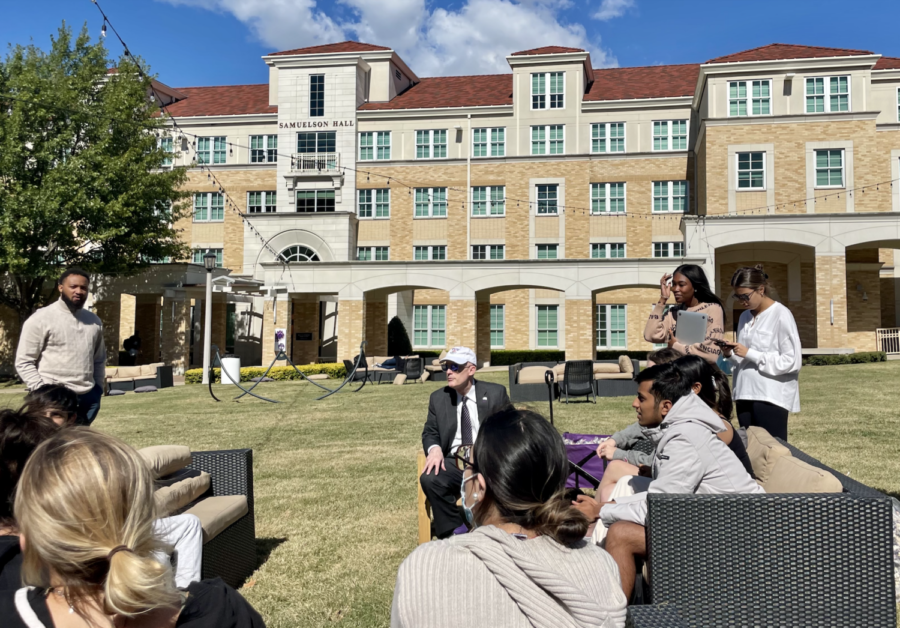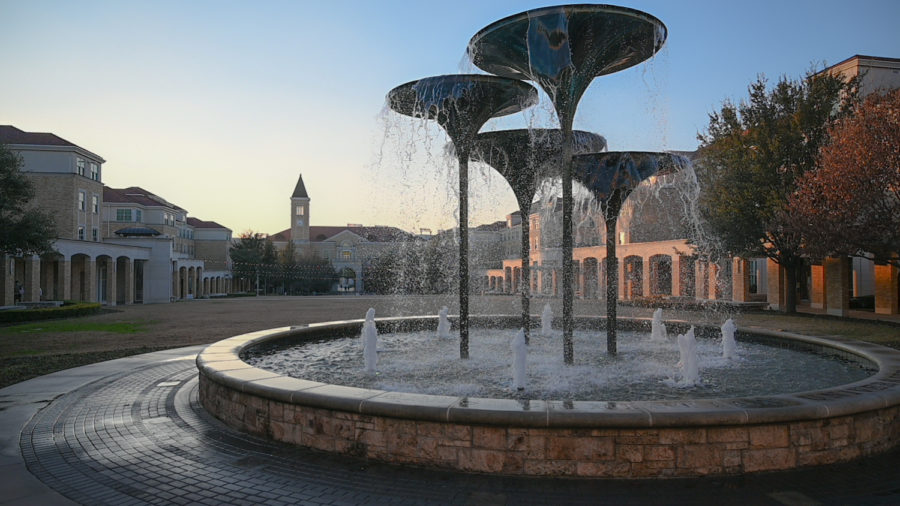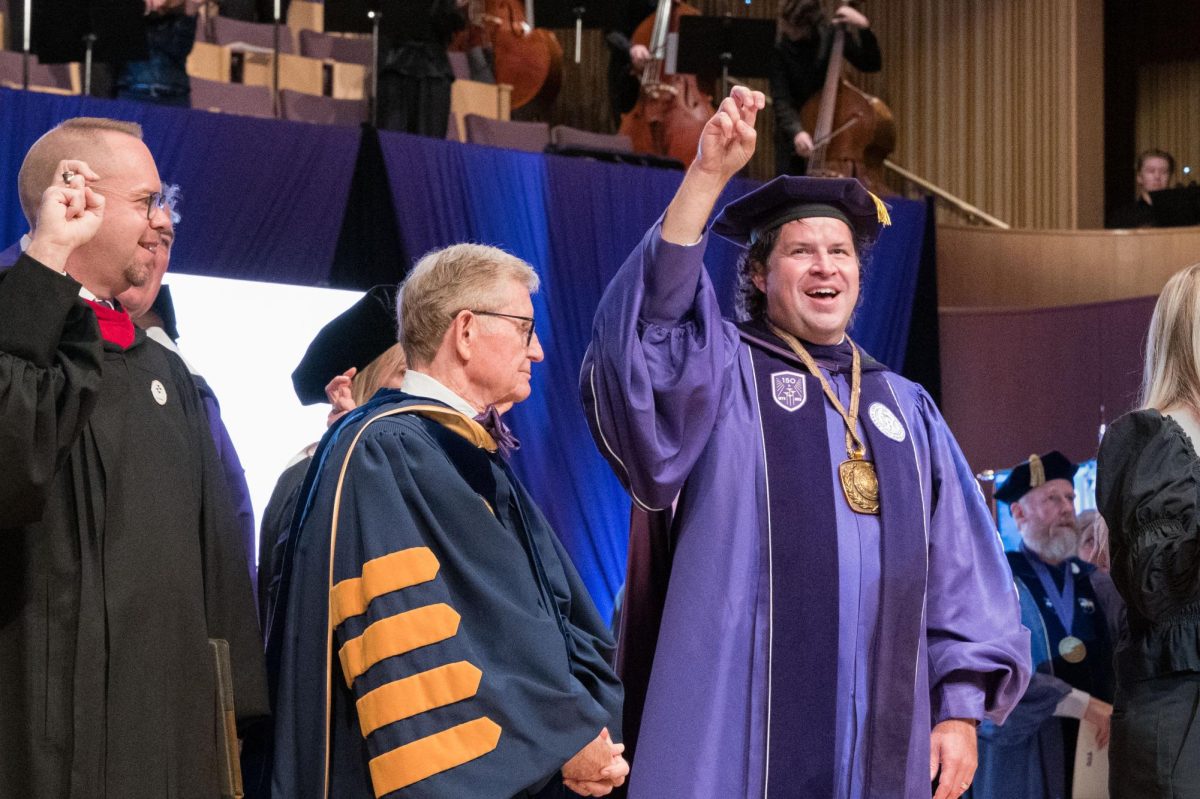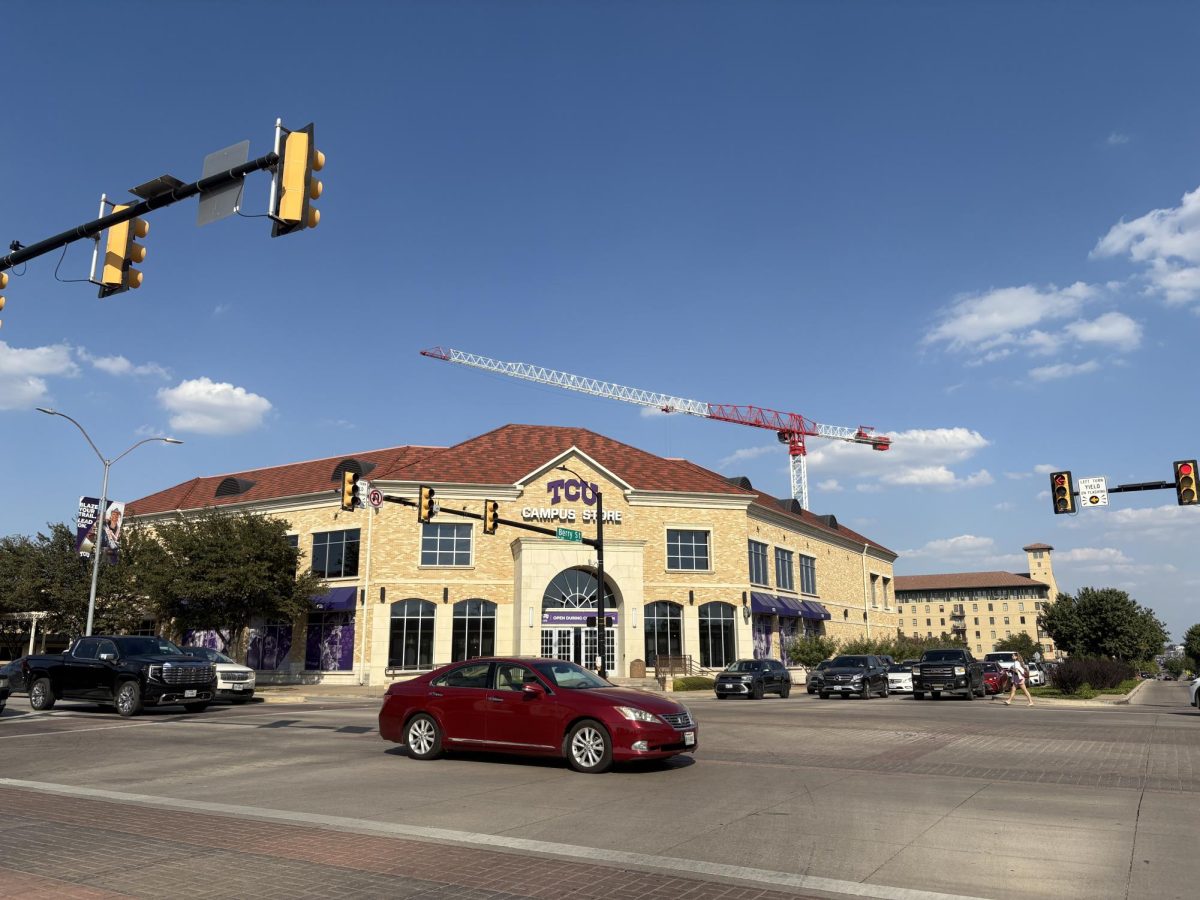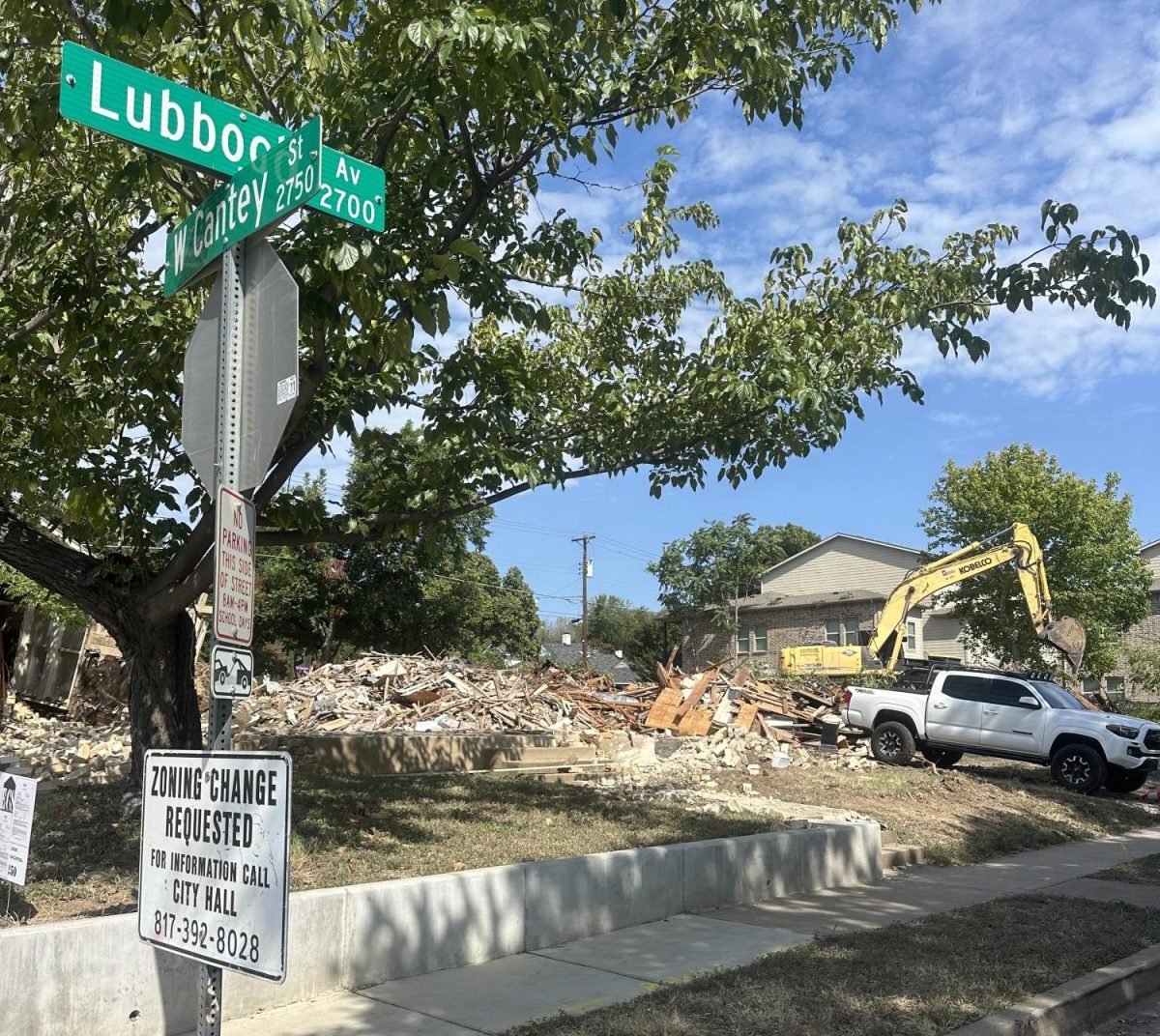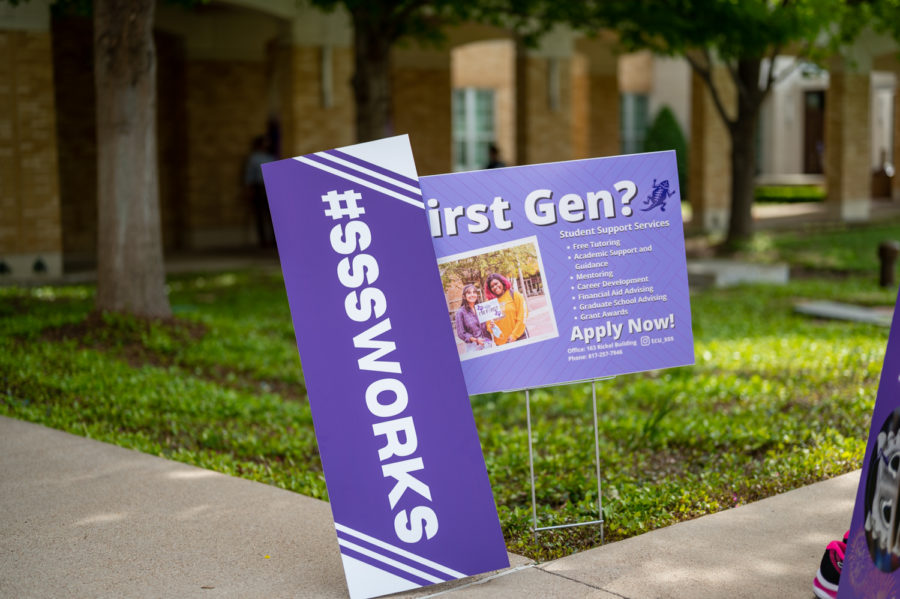Another building boom is on the horizon.
On Friday, TCU’s Board of Trustees is expected to vote on a resolution to build residence halls and dining facilities on East Campus, along with other topics.
This fall, less than half of all students are living on campus. The largest-ever first-year class spilled over into housing, like the Campus Commons residence halls, that are traditionally set aside for sophomores. As a result, there was room for just over 560 juniors, seniors and transfers.
Read more: TCU under pressure to find housing solutions
During a “chat” with students last Thursday afternoon in the Commons, Chancellor Victor Boschini predicted that the board would take action to relieve the crowding in the dorms and dining halls.
“In two years we will see new residence halls along with dining facilities,” Boschini said.
In 2017, the Board of Trustees agreed to add 300 additional beds to TCU’s housing and approved an increase in enrollment.
Richards & Arnold Halls were the product of the last residential building boom. Completed in August 2019, these dorms, along with those in the Campus Commons, are intended primarily for sophomores.

But with a record 2,560 first-year students, the Commons is now filled with the Class of 2025.
The chancellor has long said that, ideally, TCU would have housing for everyone who wants to live on campus.
“When I lived on campus, I definitely felt safer, ” said Briana Brown, a senior fashion merchandising major. “Coming from all of the tight security methods on campus, living off-campus was a big transition. This year really opened my eyes after someone attempted robbery – which I never would have imagined when living on campus.”
The board’s approval is only the first step to adding more beds. “A lot goes into working with others when it comes to planning and permits, such as the city of Fort Worth and neighbors,” said Vice Chancellor for Student Affairs Kathy Cavins-Tull.
TCU’s Facilities Master Plan, which was released in 2017, included residential housing and dining on East Campus.
According to the plan, “new housing on East Campus would be supported by appropriate dining and recreation facilities necessary to complement housing programs.”
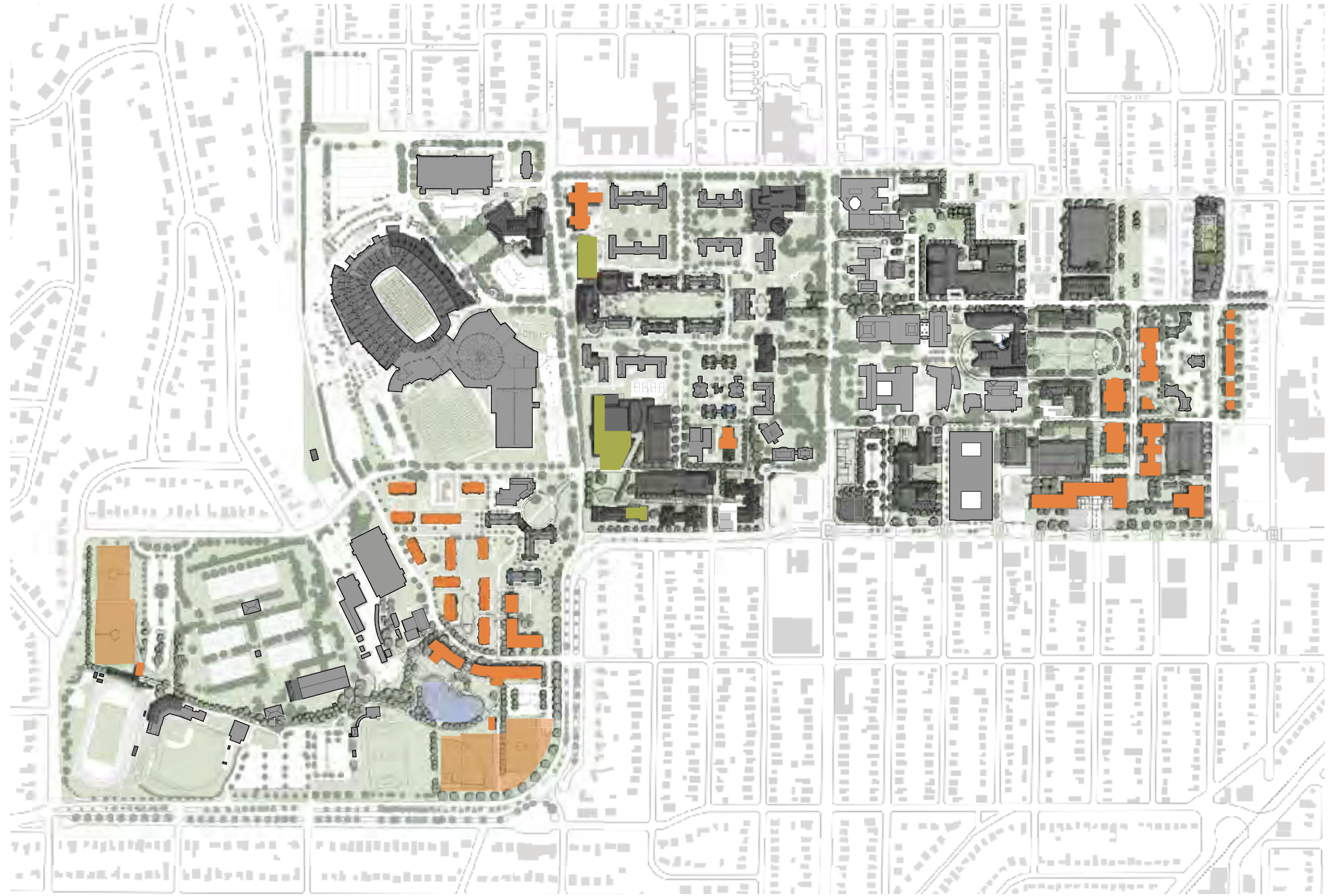
The growing number of students has also strained dining facilities. Market Square was built in 2008 when there were only 7,471 undergraduate students. In 2021, that figure has now grown into 10,222 students.
Read more: Market Square navigates growing campus population and dietary demands
Market Square is also troubled with a limited number of food stations and an open kitchen, creating obstacles for some students with allergies and dietary restrictions.
In 2015, the King Family Commons opened to help reduce the pressure built up in Market Square and to offer a food-allergy-free kitchen; however, it is out of the way for many first-year students.
“I definitely prefer the meal options in the King Family Commons, but the BLUU is much more convenient whether I’m busy or the weather is bad,” said first-year pre-business major Madelyn Newcomb.

